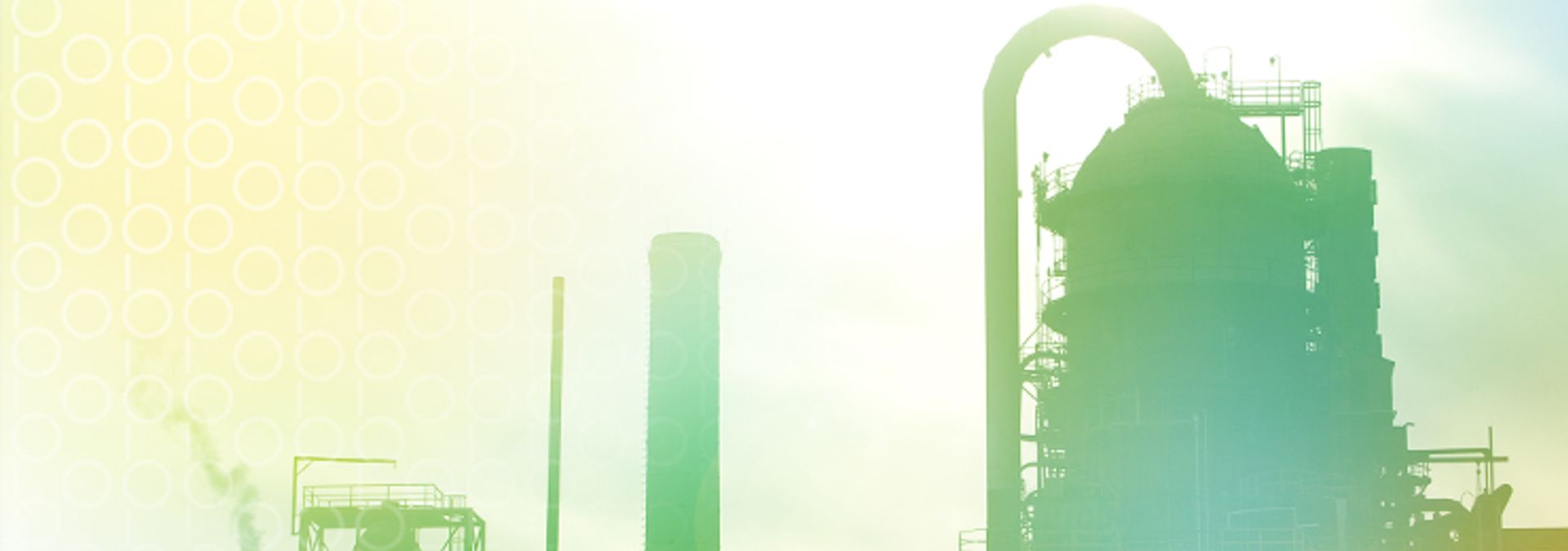
What is benzene?
Benzene is one of the most commonly produced and most toxic chemicals in the U.S. Photo: Stephanie Young Merzel.
Benzene is one of the most common chemicals in the U.S.
It’s produced largely from fossil fuels such as crude oil and coal during heavy industrial processes — turning coal into coke and refining oil into a range of consumer products, including gasoline, Styrofoam, solvents, detergents, inks, dyes, resins, lubricants, drugs, pesticides, synthetic fibers, even explosives.
It’s also one of the most toxic chemicals in the U.S., discovered at more than 1,000 of the 1,684 national priority sites designated by the Environmental Protection Agency, 55 of which are here in Texas.
Three independent agencies — the U.S. Department of Health and Human Services, the International Agency for Research on Cancer and the EPA — have determined that benzene causes cancer, usually leukemia and aplastic anemia.
When we’re exposed to benzene, by breathing it, swallowing it or absorbing it through our skin, it can make our hearts beat too fast. It can cause headaches and nausea, drowsiness and dizziness, tremors and confusion. It can lead to unconsciousness. It can shrink ovaries, cause irregular menstruation and even pass through blood from a mother to her fetus.
Exposure for as few as five minutes to high levels of benzene — between 10,000 parts per million and 20,000 parts per million — can kill you.
How does benzene impact our region?
In May 2019, a tanker crashed into two barges in the Ship Channel. One barge capsized, and the other was damaged, spilling about 11,000 pounds of the gasoline component called reformate, and causing a mixture of petrochemical products, including benzene, to plume out into Bay Area neighborhoods.
Several hours later, a contractor hired by the Texas Commission on Environmental Quality would find benzene levels 14 times higher than what the agency says can harm you.
When the TCEQ tweeted the next day that benzene levels were “still elevated,” someone replied: “When we noticed a strong smell, we raced away in the truck. Had fumes that started making me feel sick.”
With so much of the U.S.’s petrochemical industry operating here, our region, from Port Arthur to Pasadena to Freeport, faces the risk of exposure to dangerous levels of benzene.
Data from the EPA’s Toxic Release Inventory in 2017 show that Texas was responsible for 35 percent of all the benzene emissions in the country — about 1.3 million pounds of it. (The next highest state was Louisiana, with 440,000 pounds.) The sheer proximity of industry, a history of lenient state and federal oversight and the frequency of both natural and chemical disasters present an especially threatening combination.
During the fire that burned for days at the Intercontinental Terminals Company two months before the barge crash, benzene levels became so elevated residents of Deer Park and Galena Park were ordered to shelter in place and advised to shut down their air-conditioners and jam blankets against their doors and windows “to keep chemical vapors from entering.”
In September, Tropical Storm Imelda caused the failure of floating roof tanks and other petrochemical equipment, leading to the illegal releases of more than 100,000 pounds of pollutants, including benzene, into the air.
In 2017, during Hurricane Harvey, the city’s 311 line recorded dozens of complaints of headaches and dizziness and “a strong smell of gasoline” from residents in Manchester, many of whom live a fence away from a Valero refinery. Though TCEQ said that pollutants stayed “below levels of short-term health and/or welfare concern,” independendent testing found benzene levels “three times the level at which federal worker safety guidelines recommend special breathing equipment.”
What can we do about it?
Months after the barge crash, Houston health department officials piloted a new benzene alert system. The system is pulling data from fixed air monitors across the city and automating an email when levels spike.
Dr. Loren Hopkins, the city’s chief environmental science officer, said, “The quicker we identify benzene releases, the faster we put a stop to them.”
The alert system could help identify the source of benzene and could also inform lawsuits against illegal polluters.
The TCEQ has also since invested $1.5 million to upgrade air monitoring equipment to focus on the petrochemical industry. (The agency in 2007 relaxed the state’s long-term air pollution standards for benzene.)
But with a growing plastics industry that could expand and add dozens of new plants to our region, even more sophisticated, real-time monitoring and stricter oversight is necessary, experts say. After all, it was known as early as 1948 how dangerous benzene can be. The American Petroleum Institute concluded that year that “the only absolutely safe concentration for benzene is zero.”
West is a senior communications specialist for the Environmental Defense Fund. You can follow him on Instagram and Twitter @allynwest.
STAY UP TO DATE
The quality of our newsletter is considered satisfactory and poses little or no risk.
SUBSCRIBE

